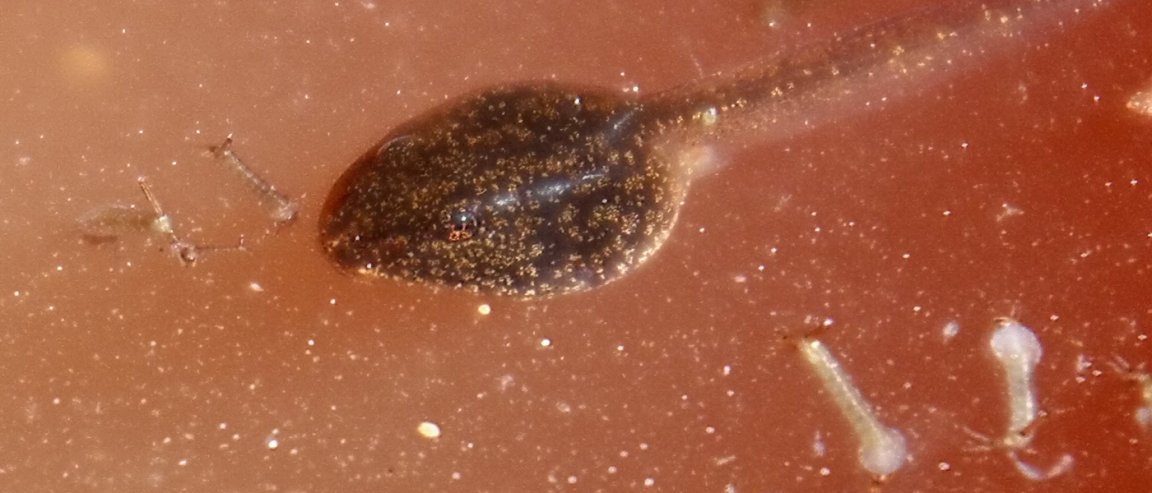
From Dark to Light
In a breakthrough for regenerative medicine, researchers have developed working eyes attached to the tails of blind Xenopus tadpoles. The tadpoles were able to process visual information from their environment upon the augmentation, helping scientist understand the process of promoting innervation (a part of the body’s nerve supply) in regenerative medicine.
Michael Levin PhD and his team at the Allen Discovery Center at Tufts University published their findings in the Nature journal for Regenerative Medicine. They found that placing functional eye grafts onto the tails of tadpoles was particularly effective when they were treated with an approved serotonin activator drug, Zolmitriptan. The drug activates receptors 1B and 1D (5-HT1B/D), which are associated with neural development — which is necessary to increase innervation, integration, and function of transplanted organs. With the help of the drug, the sighted tadpoles showed significant ability in detecting colors, focusing on objects, and consistently following patterns.

The Future of Regenerative Medicine
Research in regenerative medicine has yet to fully understand and manipulate the integration of nascent nerves from re-grown or transplanted structures. This makes it difficult for hosts to control the behavior and cognition of repaired structures or transplanted organs.
This advancement provides us with an important finding: one that hadn’t been seen by humans — or tadpoles — before. Dr. Levin, mentioned that the “research helps illuminate one way to promote innervation and establish neural connections between a host central nervous system and an implant, using a human-approved small molecule drug.”

The results of the study highlight the plasticity of the brain, suggesting that the central nervous system has the potential to adapt in function and connectivity if the right conditions are met. This understanding is crucial to the development of everything from stem cell therapies to organ transplants in regenerative medicine.
In the future, the team hopes to identify a roadmap that would showcase our neural network’s ability to adapt for the purpose of advanced regenerative therapies, in conjunction with proven drugs. The potential for regenerative medicine to change patient’s lives is only limited by the technology it relies on. The continued advancement of those technologies — whether through the development of treatments, drug therapies, or diagnostic aids — will no doubt change lives. The possibilities are only limited by what we can’t yet envision for the future of regenerative medicine.